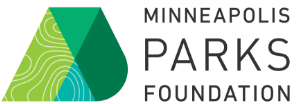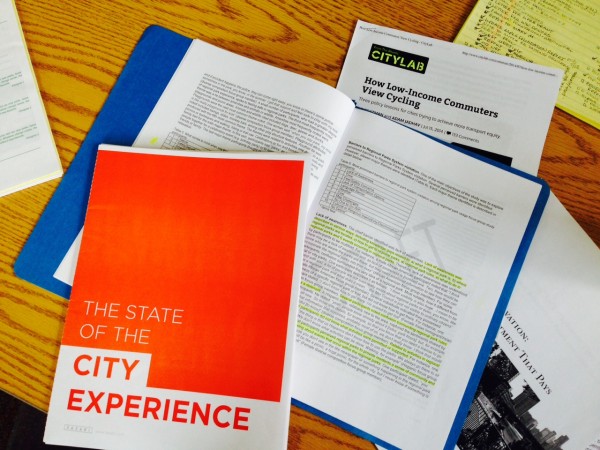A quick look at the some of the topics and data that inform our work.
1. Regional Park Usage Among Select Communities of Color
Diverse communities think of nature, animals, and security when they think of parks. But lack of awareness, time and safety concerns top a list of barriers to enjoying the regional park system. These findings come from a March 2014 Metropolitan Council report on Regional Park Usage Among Select Communities of Color. The study was undertaken in response to a 2008 finding that “usage of our regional parks was not representative of the overall demographic makeup of the region, specifically as it relates to communities of color.”
More than 260 African American, African Immigrant, Asian American, Asian Immigrant, Caucasian, Hispanic/Latino/Latina, Native American and multiracial individuals shared their thoughts in 16 focus groups.
The study explores deeply how communities of color feel about parks, as well as ways to up usage, by boosting awareness, enhancing the capacity of gathering spaces, creating an ambassador program, increasing and diversifying programming and providing more community events.
2. The State of the City Experience
So, what does makes a city great? That’s the question Sasaki sought answers to in its new The State of the City Experience report. Among the findings: Ask 10 people to recall where their favorite experiences took place, and seven will tell you it was in a park or street.
In fact, parks are most than just the spaces between the buildings, with “design innovation and engineering ingenuity” they can “provide unique outdoor experiences and connective tissue between different parts of the city.” Waterfronts in particular are popular – with nearly half of people saying that waterfront areas are their favorite open space.
Sasaki partnered with Equation Research to survey 1,000 people who both live and work in Boston, Chicago, New York, Austin, San Francisco, or Washington DC. Check out the report for more findings on the urban experience in four key areas – architecture, activities, parks and open space and transportation …
3. How Low-income Commuters View Cycling
… speaking of transportation: Most people still want cars. It’s pretty well known that Minneapolis is one of the top biking communities nationally, but research is showing that the growing bike culture is largely a phenomenon of the wealthy. How Low-income Commuters View Cycling, by Eve Bratman and Adam Jadhav, explores the socio-cultural disparity in bike use.
Bratman and Jadhav write, “Automobility remains a paradoxical cultural and status symbol, such that while wealthier people increasingly reduce their car dependency, poor people still aspire to car ownership.” They then put forward three policy recommendations to address mobility challenges – gradual policy change focused on multimodal transit, serious consideration for “the expressed desires of the most vulnerable members of society” to own a car, and policies that support socio-cultural shifts.
The article is among a CityLab series called The Future of Transportation.

